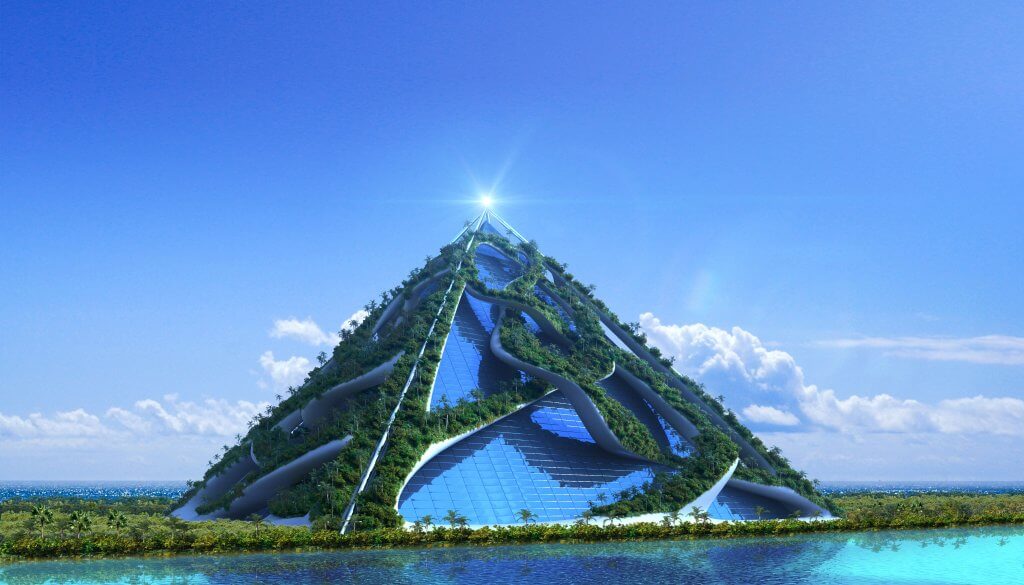January 18, 2024
A critical risk management strategy
A relatively low-cost, yet highly effective risk management strategy is ensuring that all parties are on the same page with respect to key project terms. As a standard best practice, all terms should be clearly defined to help mitigate against the risk of unmet or misaligned expectations.
This is true for all design and construction projects; however, the importance of defining key terms is perhaps heightened with respect to projects pursuing robust sustainability goals. This is because terms like “green,” “sustainable,” and others, have significantly evolved in a relatively short period of time, as new tools, technologies, and frameworks have come into the marketplace and practitioners have increased their technical skills.
Application to sustainable projects
Specific to sustainable building, unclear terms such as “green” can create risk and exposure because they can mean many different things. Every practitioner (and consumer) applies their own lens of experience to these terms, which can vary widely in different geographic markets. For example, a “green” building in Seattle may vary from one in Kansas City, which may vary from one in Atlanta, based on factors such as market demand, geographic limitations, availability of products and supply chain issues, government incentives, and many others.
And as sustainable building has become increasingly technical, terms specific to carbon reduction and impacts – including “net zero” – have created some confusion (and frustration) in the marketplace. This has resulted in increased regulatory scrutiny – another reason to be mindful of how these terms are used.
Existing guidance for sustainable terms
At a very basic level, all parties need to know what they are contractually required to deliver. This includes a clear delineation of any sustainability-driven requirements (i.e. what a “green” building, or product, actually is).
For decades, third party certification programs, such as LEED, the Living Building Challenge, the WELL Building Standard, and others, have served as one form of a common definition. These frameworks can make it easier to concisely describe something as complicated as a sustainable building. As such, parties often refer to these external standards in contracts or other project documents.
Federal and state government entities have also provided some guidance. For example, parties can look to the Federal Trade Commission, which has historically provided guidance for environmental marketing claims, including several terms applicable to sustainable buildings. Since 1992, the FTC has published the Guides for the Use of Environmental Marketing Claims, commonly referred to as the Green Guides. The Green Guides were last updated in 2012, and, after a public comment period, the FTC is expected to release updated guidance in 2024.
Clearly defined, industry-accepted terms can also help manage the risk of greenwashing – over stating or mis-stating the environmental benefits of a product or service. Greenwashing presents ever-increasing regulatory and litigation risks, largely driven by intensifying attention (and regulation) surrounding Environmental, Social and Governance (ESG), a term that can also be difficult to define.
What are the opportunities and next steps?
Given these, and other risks, various entities have been working to develop industry standards for common sustainable building terms. As described above, the ability to point to an external, generally accepted definition can be a very helpful risk management tool.
For example, there are currently (as of early 2024) efforts by the US Department of Energy to define “Zero Emission Buildings,” and in April, 2023, ASHRAE published a “Zero Energy and Zero Carbon Building Evaluation Standard.” There are many other examples in the market or in development. External standards are often incorporated into laws, including incentives, and incorporated by reference into contracts. This is another reason why clear, updated contract documents that address project-specific issues are important for every project.
When revising contracts to define key terms, parties should be mindful that external standards do change, so consider if a certain level of specificity should be included with a reference to an external standard, third-party certification or other reference point. For example, “Standard ABC as of X date,” or “Certification Program to Level 5 (version 2.0 published on February 10, 2024).” The appropriate level of specificity will be driven by project-specific needs and the parties’ risk tolerance, level of comfort, and technical sophistication.
Nicole DeNamur is an attorney and sustainability consultant, based in Seattle, WA. Her company, Sustainable Strategies, helps clients identify and manage the risks of sustainable innovation so they can pursue robust sustainability goals. She is also an award-winning contributing author and has developed and taught graduate-level courses at the University of Washington and Boston Architectural College. Nicole was named Educator of the Year by the International WELL Building Institute, and Sustainable Strategies hosts an online course, Accelerated WELL AP Exam Prep.
AIA Contract Documents software allows you to efficiently create, share, and manage the industry’s leading construction documents. Request an ACD5 Product Demo Here.
AIA Contract Documents has provided this article for general informational purposes only. The information provided is not legal opinion or legal advice and does not create an attorney-client relationship of any kind. This article is also not intended to provide guidance as to how project parties should interpret their specific contracts or resolve contract disputes, as those decisions will need to be made in consultation with legal counsel, insurance counsel, and other professionals, and based upon a multitude of factors.

